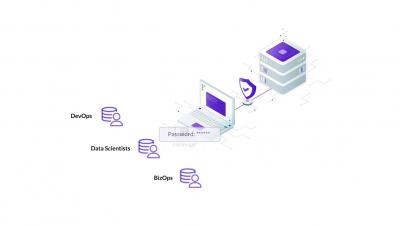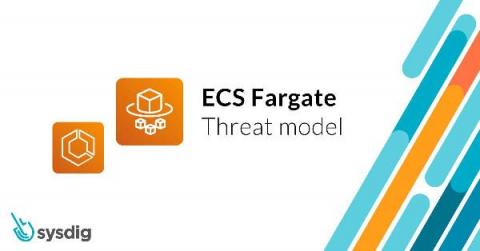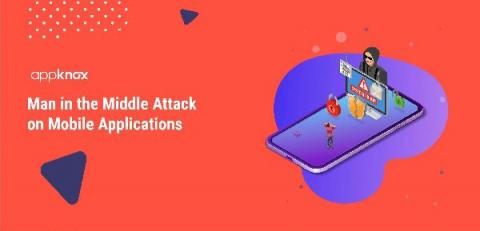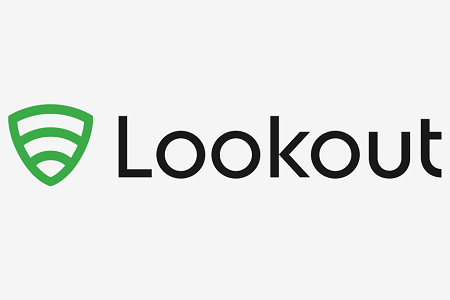Enterprise-Grade Mobility takes another step forward with new mobile security offers
Companies and organizations of all sizes need mobile technology built for the rigors of business—it’s a must for businesses seeking to stay competitive. Enterprise-grade mobility offers additional business options, features, and services, helping companies perform functions beyond just enabling employees to work remotely.











